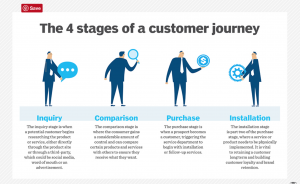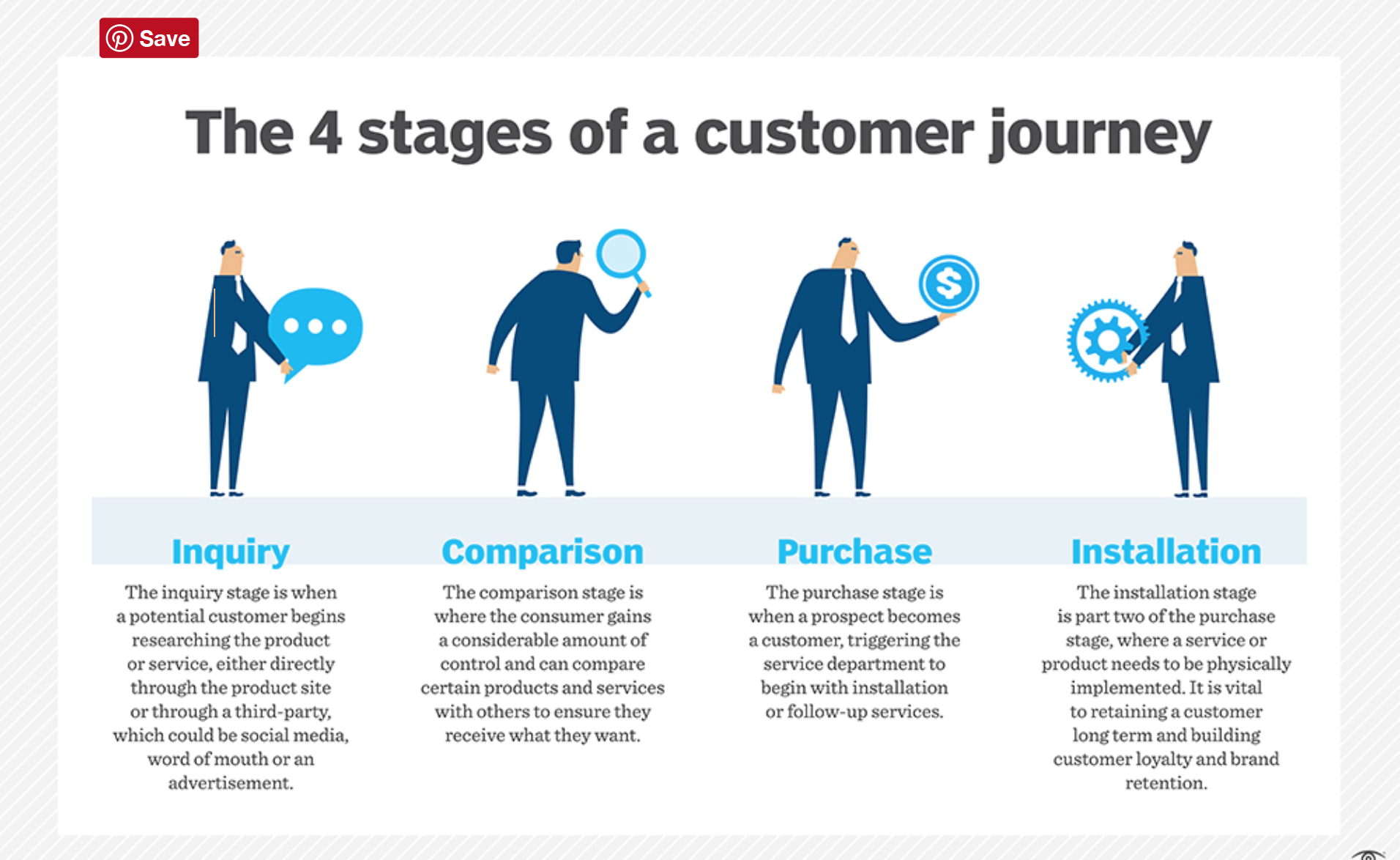Introduction – Why Are Customer Perspectives Important?
Customer perspectives are important because they are usually the Visitors to a website, who are seeking a solution to their problem or an answer to a question or issue which they have (sometimes called a pain point). You need to identify your product or service which will relieve that pain point, or solve that problem for the customer, within the Niche market which you serve. Hence you have a big interest in Customer Perspectives.
Companies expend their efforts in order to research and better understand customer perspectives, because they are so important regarding the customer´s online experience, and therefore whether the customer will conclude their purchase with you.
Become a Mystery Shopper I Customer Perspectives
Customer Perspectives | Crunchbase
Customer Perspectives | LinkedIn

Comparison Stage
The Potential Customer is wary of what he may find because he knows that it may not be easy to find the solution to the problem or the answer to the question.
The Potential Customer may have previous experience of seeking his or her solution or answer, and not having found it, hence they are still seeking. This previous experience may have involved spending money or time, or both, and not achieving a successful outcome to the quest, hence the potential customer may be wary of spending any more money or time without being fairly certain that the solution or answer will be forthcoming.
As the Prospective Solution or Answer Provider, you need to reassure the Prospective Customer that you can indeed fulfil his or her requirement and provide the solution or answer which they are seeking, to their satisfaction. You need to gain their Trust in order to do that effectively.

How Can You Provide Re-Assurance and Confidence to the Prospective Customer In Order To Gain Their Trust?
A supplier or service/solution provider needs to engage with a prospective customer, and prove to them that they are capable of solving their problems or answering their questions.
On what basis does this engagement take place?
There needs to be communication between the parties, first of all, an exchange of words or ideas.
As a result of this initial communication, there will arise an understanding between the parties of what the problem or question is which needs to be answered? Further, the potential customer needs to appreciate that not only can you as the supplier or service provider answer the question or provide the answer but that they trust you enough to entrust you to do it for them.
How can such trust be built between the parties, the potential customer, and you as the supplier or service provider?
There needs to be a dialogue whereby you communicate your capability and experience of solving such problems previously. This can occur when you show the potential customer the previous problems which you have solved, and similar questions which you have answered. This is your PROOF that you can help them, and reaches an Affinity between you and the Potential Customer.
Not only must you prove your capability and experience of solving such problems and answering such questions, but there must also be an understanding of the cost of providing this service to the potential customer, which needs to be communicated. The consideration for which you will provide your service or product.
Communicating the cost of the service is not the end of the story. The Potential Customer may have other options, as you may not be the only party who has experience and capability, you may have competitors, who are known to the potential customer. The Potential Customer may trust one of your competitors more than he trusts you because he has bought services from them previously, so he may choose your competitor in preference to you.
You need to build trust with the Potential Customer or provide him with an enticement to order the goods or services from you. You may have a Unique Selling Proposition (USP), which differentiates your offer or service from those of your competitors, and which is sufficient to entice the Potential Customer to try your service. For example. this USP may be an unconditional money back guarantee, in the event of lack of satisfaction with the product or service, so that the customer is at no risk of losing his money.
Very often the dialogue between a service provider and a Potential Customer takes a considerable amount of time, in order to build up sufficient trust between the parties, before an order is placed.
The dialogue may involve establishing some Empathy between the service provider and the Potential Customer, that you have both experienced the problem, and demonstrating that your answer to the problem can also solve his problem. This empathy can be established by an understanding that both the service provider and potential customer have similar problems in general, and similar outlook and aspirations.
For example, if the problem is to do with child care, then a conversation between the parties which explains the common issue (looking after the children while the parents are working), and how the problem was solved is a leveller, it is a very common problem for all parents. Similarly, all parents have the same problem at some stage of saving and paying for University or College fees, so a savings plan may be one possible solution.
Another example where empathy can be demonstrated is the issue of traffic, and how to deal with it in relation to child safety, because it is a common problem for all parents.
Many people hate their jobs and would prefer to have the freedom of self-employment, so this another topic for empathy since it is a common aspiration.
Other areas of empathy can be found in childhood memories, such as school time, or holidays by the sea. People also love to talk about holiday experiences and travel experiences as well.
These are all common adult experiences where some empathy can be found, as a basis for communication between service providers and potential customers.
OMS Conclusion And Recommendation
Customers may visit your site, and others of your competitors, up to 7 times before they satisfy themselves that they may want to buy your product or service.
Further to the communication, engagement, and build up and the establishment of trust, during the final stage before purchase, is when it becomes clear that the customer has Intent to Purchase.
The customer has reviewed all their options, including your competitors’ offers, and concluded that you are capable of solving their problem and that they trust you enough to buy your service or product at the price you demand.
If you do not take account of customer perspectives, then you run the risk that the customer may at any of the preliminary stages leading up to concluding a purchase go to any of your competitors to solve their problem.
